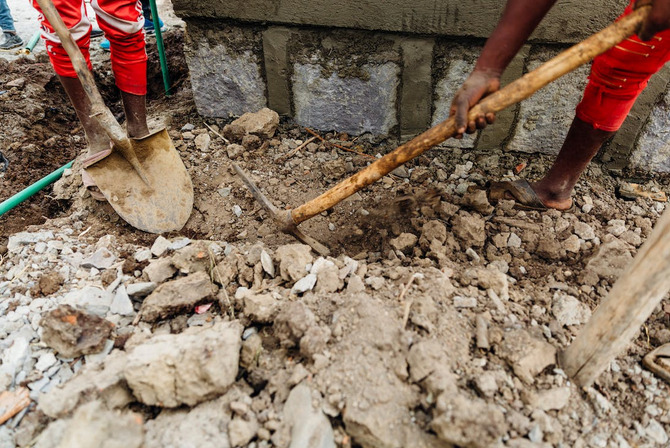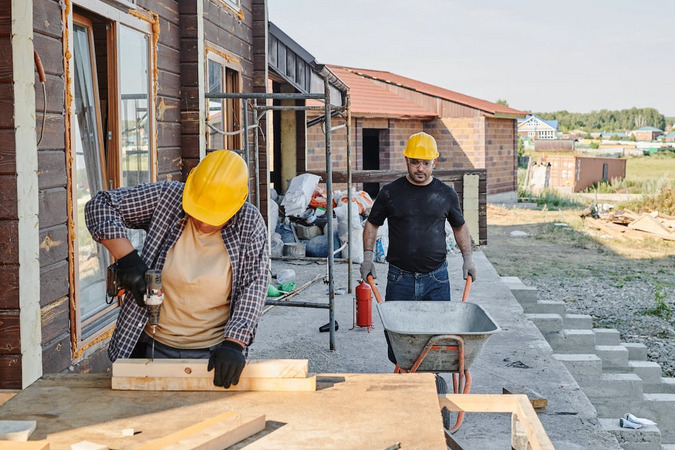In today’s world, sustainability and eco-friendly practices are becoming increasingly important. Prefabricated homes, also known as prefab or modular homes, offer numerous environmental benefits that make them a sustainable living choice. These homes are constructed using efficient manufacturing processes and eco-friendly materials. In this article, we will explore four key factors that contribute to the environmental benefits of prefabricated homes. For more in-depth information and resources on home-related topics, you can also visit hausmagazin.com.
Energy Efficiency
Prefabricated homes are designed with energy efficiency in mind. They often incorporate sustainable building practices and features such as improved insulation, energy-efficient windows, and high-performance HVAC systems. The controlled manufacturing process allows for precise installation of insulation and sealing, minimizing air leaks and reducing energy consumption. Additionally, many prefab homes can be customized to include renewable energy sources like solar panels, further reducing reliance on fossil fuels and decreasing carbon emissions.
Reduced Waste and Resource Conservation

The construction of modular homes typically generates less waste compared to traditional stick-built homes. In a factory setting, excess materials can be recycled or reused, minimizing waste sent to landfills. Moreover, because prefab homes are precision-engineered, there is less need for over-ordering materials, thus conserving resources. This reduction in waste and resource conservation contributes positively to the environment and promotes sustainable living practices.
Sustainable Materials
Prefabricated homes often use sustainable and eco-friendly building materials. Manufacturers prioritize sourcing materials that are renewable, recycled, or low-impact. For instance, structural components made from sustainably harvested timber or engineered wood products are commonly found in prefab homes. The use of eco-friendly materials reduces the carbon footprint associated with construction. Additionally, manufacturers may emphasize the use of non-toxic paints, adhesives, and finishes to create healthier indoor air quality for the home’s occupants.
Efficient Construction Process

The construction process of prefab homes is highly efficient, resulting in reduced environmental impact. The manufacturing takes place in a controlled factory environment, where materials can be precisely measured and utilized. This minimizes on-site waste and prevents unnecessary disturbances to the surrounding environment. Additionally, the reduced construction time translates to less air and noise pollution compared to the longer construction periods typically seen with traditional homes. Efficient construction practices contribute to sustainable living by conserving resources and minimizing the ecological footprint.
Prefabricated homes offer numerous environmental benefits that make them an attractive choice for sustainable living. With energy-efficient designs, reduced waste and resource conservation, the use of sustainable materials, and an efficient construction process, prefab homes contribute to a greener future. By choosing a prefab home, individuals can play an active role in reducing carbon emissions, promoting resource conservation, and supporting eco-friendly practices.
